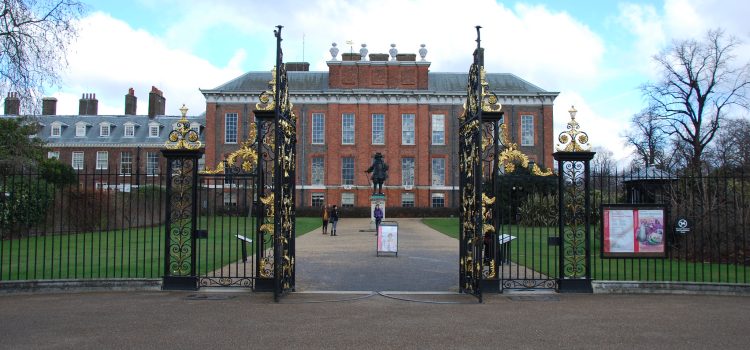What happened during Shakespeare’s early days in London? How did an unknown writer from the countryside become the city’s most celebrated playwright? In his book Shakespeare, Bill Bryson explores Shakespeare’s life in London during the bustling Elizabethan era. Shakespeare’s journey from obscurity to fame unfolded against the backdrop of a city teeming with opportunity and artistic expression. Read on to uncover the fascinating details of Shakespeare’s transformation from a provincial actor to London’s theatrical genius.
Shakespeare’s Life in London: From Obscurity to Fame










